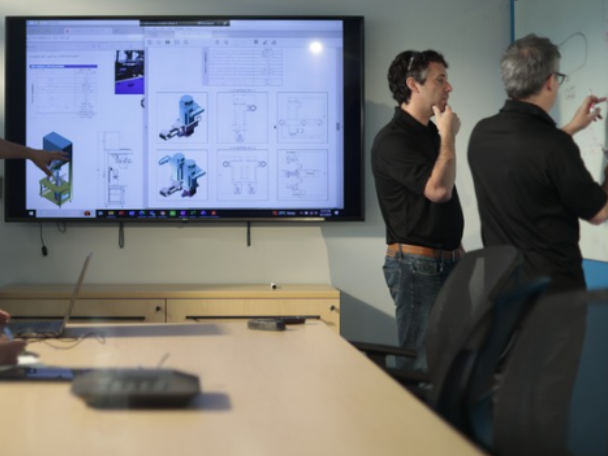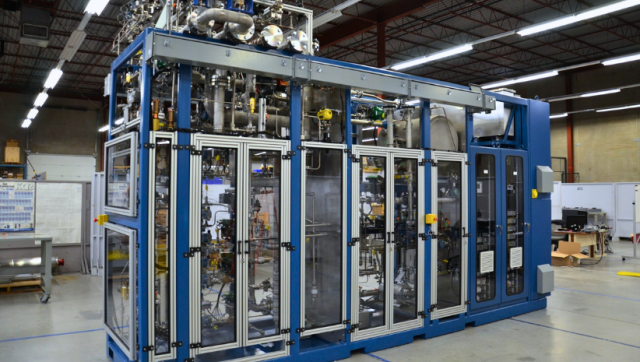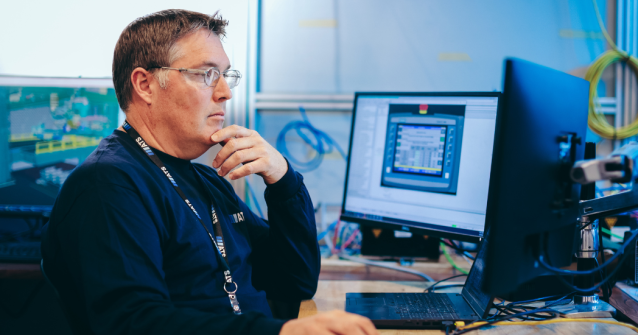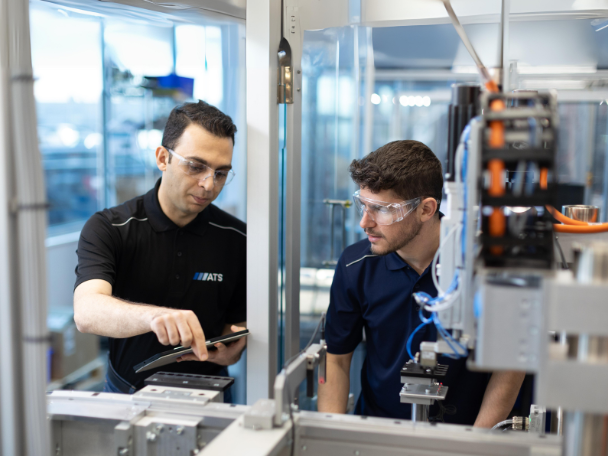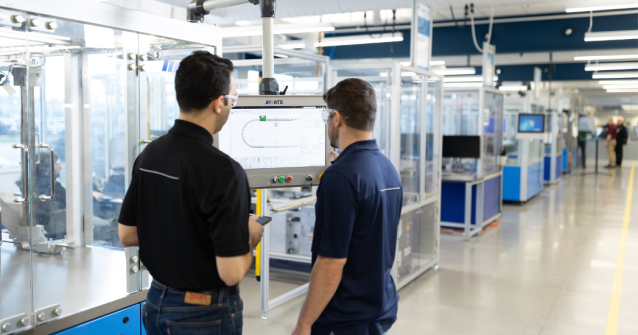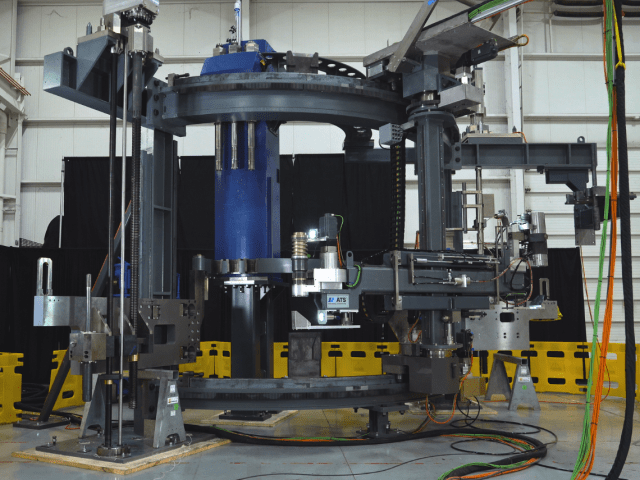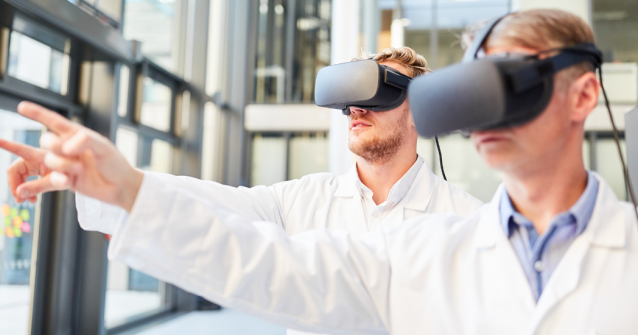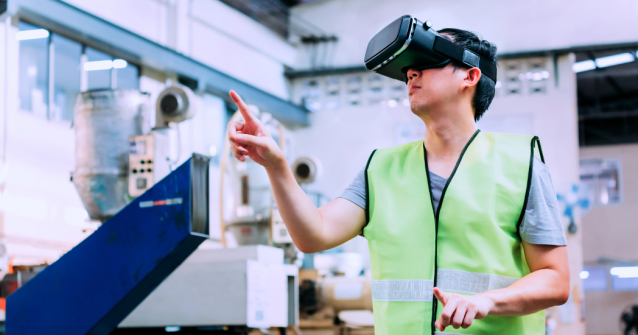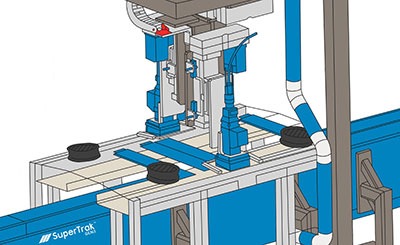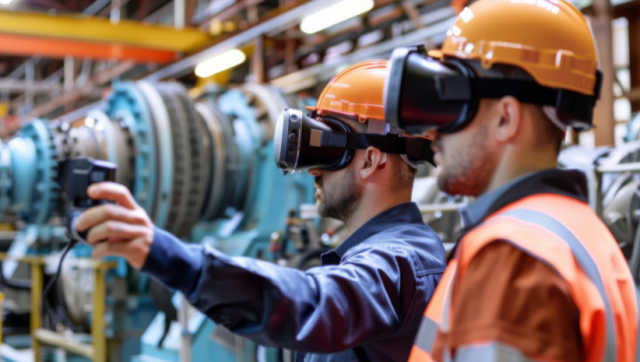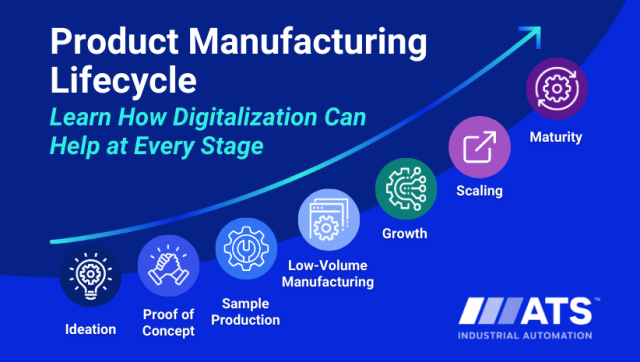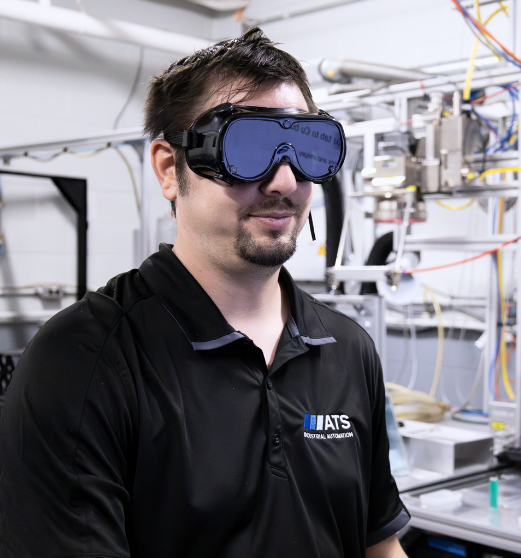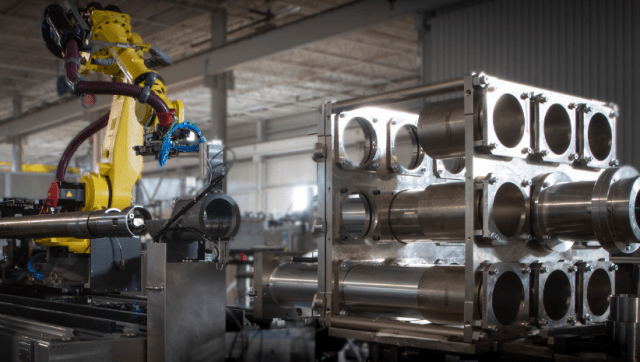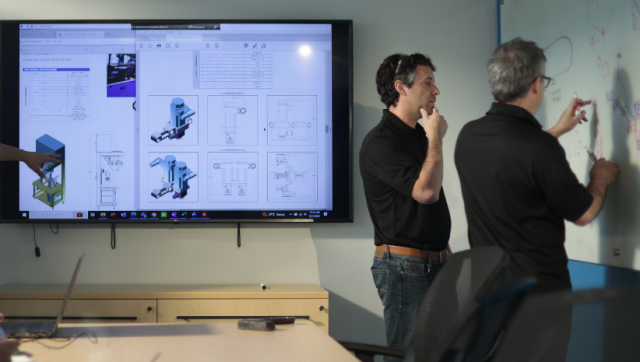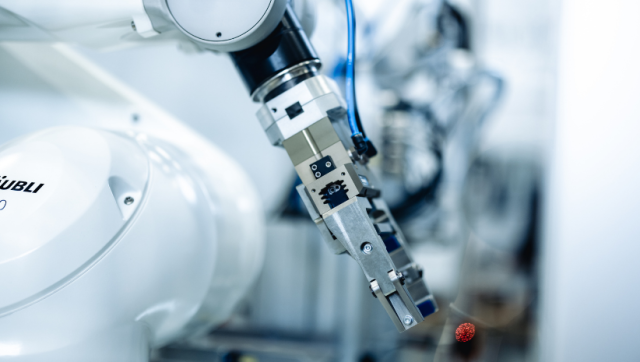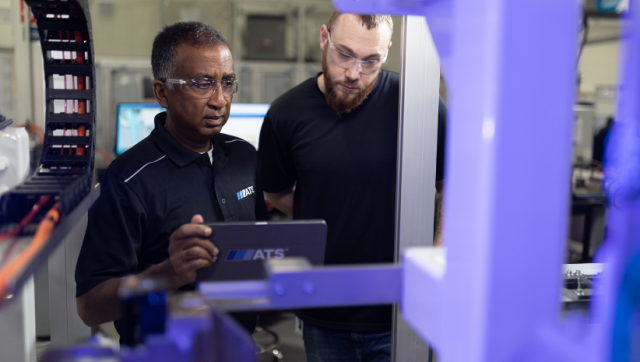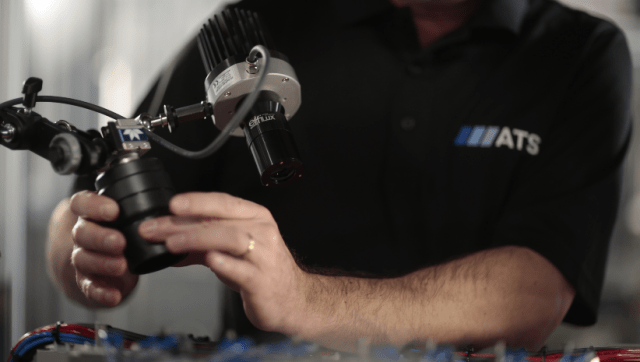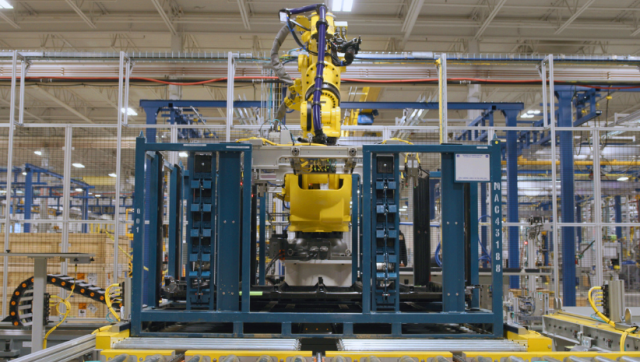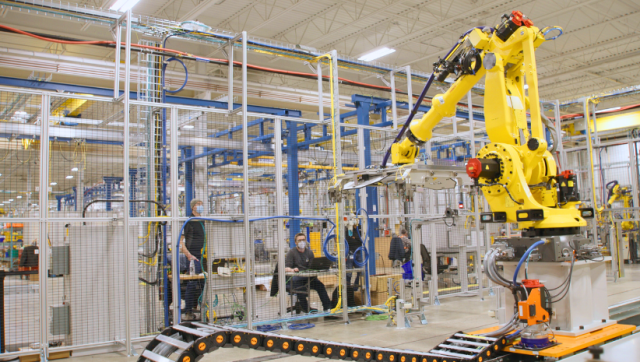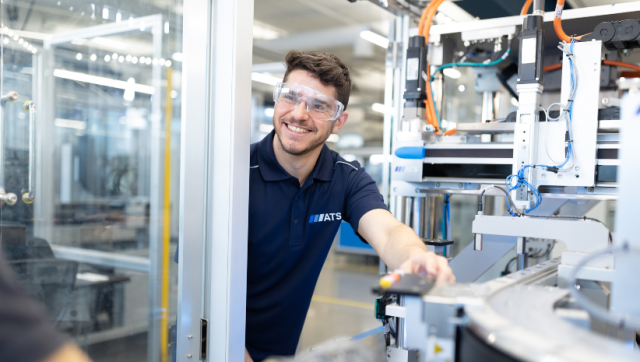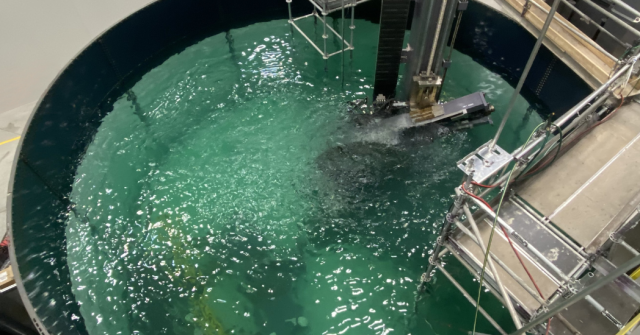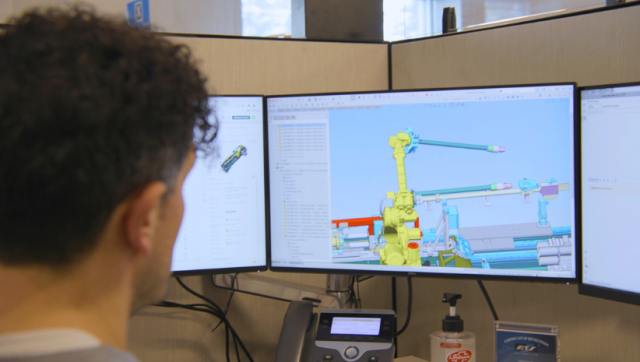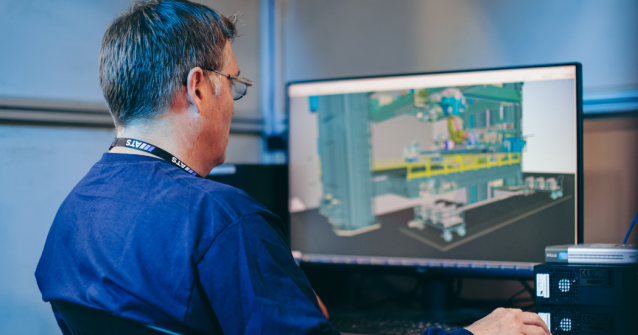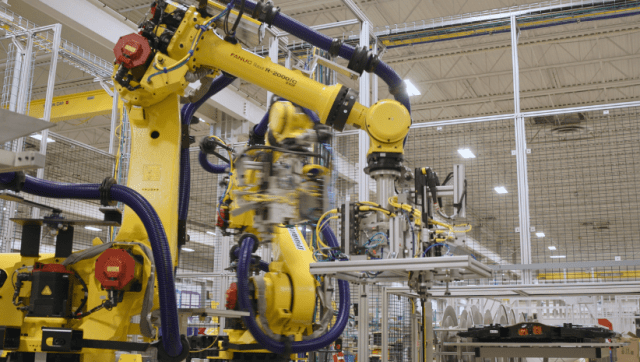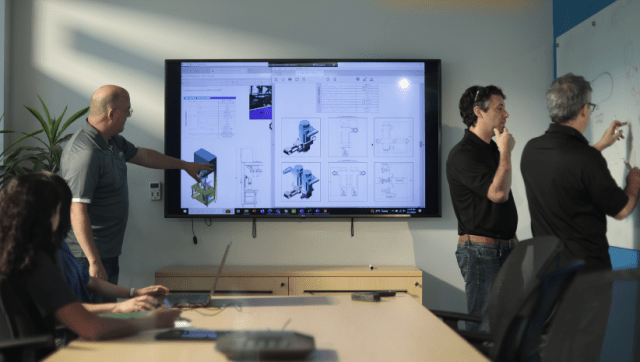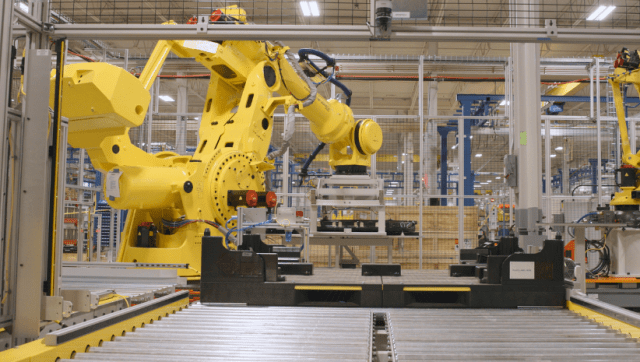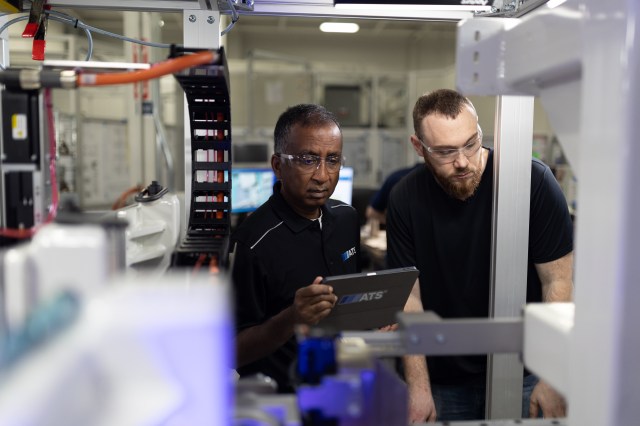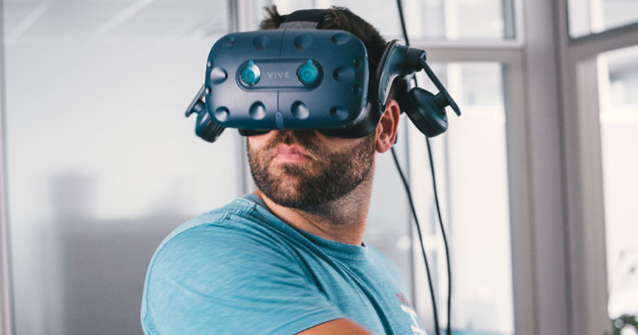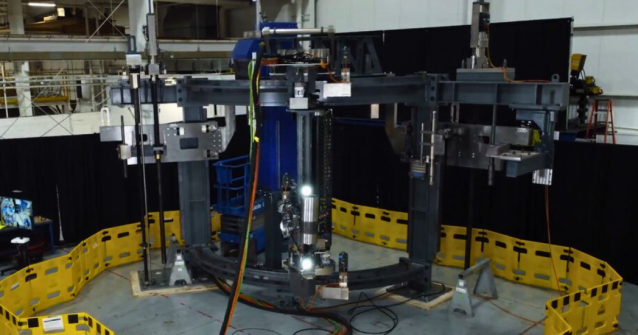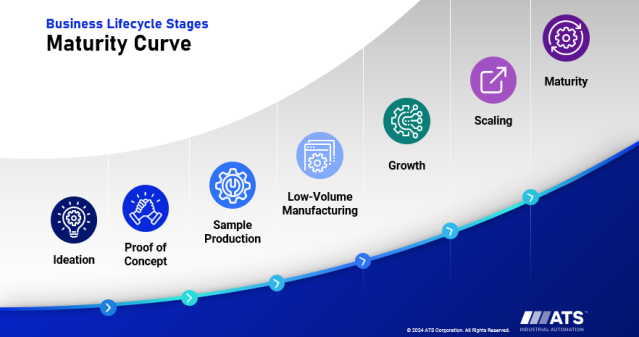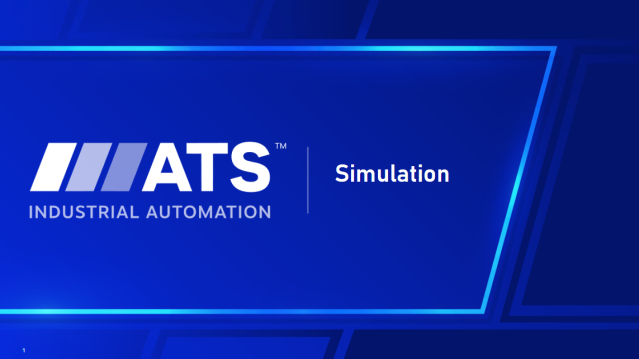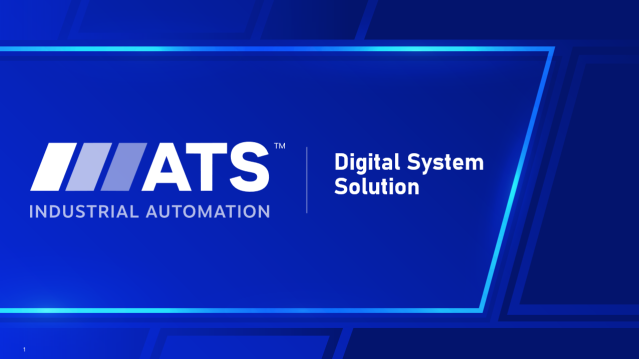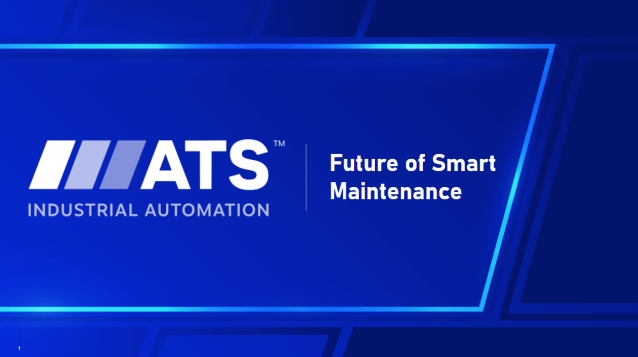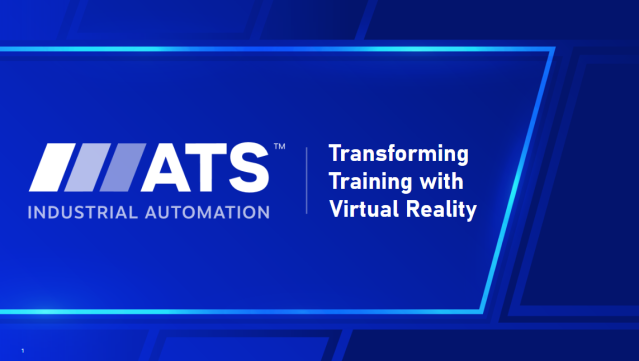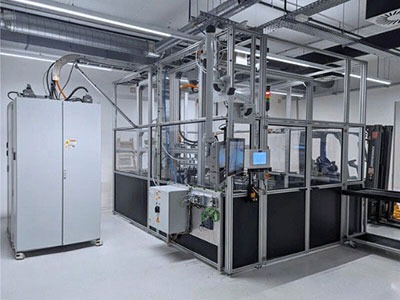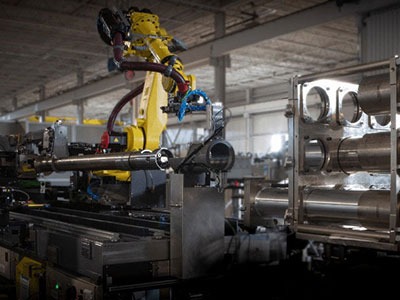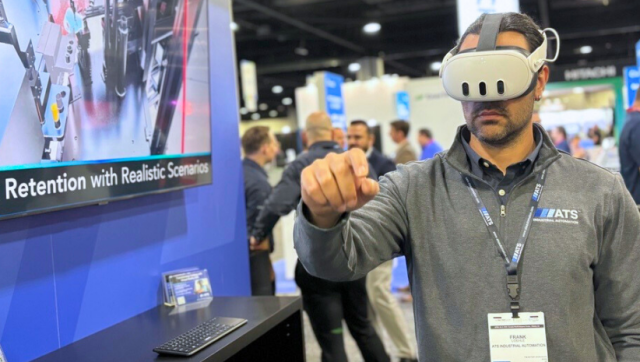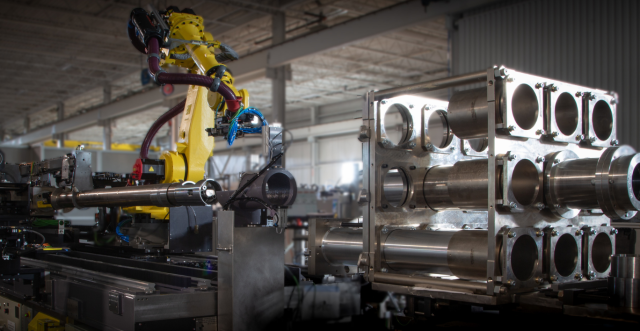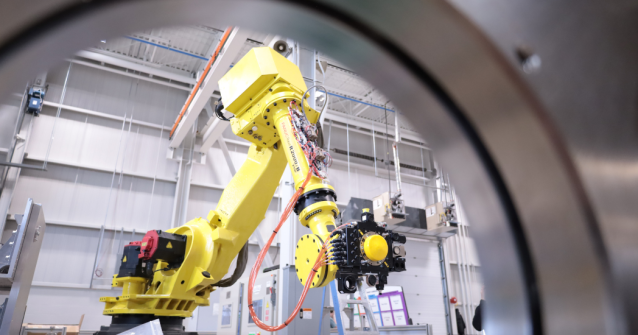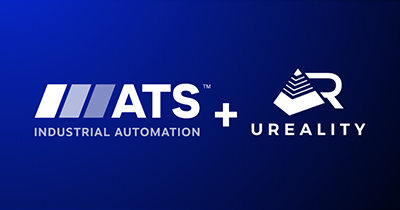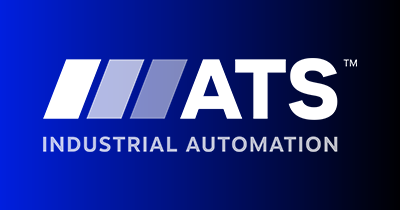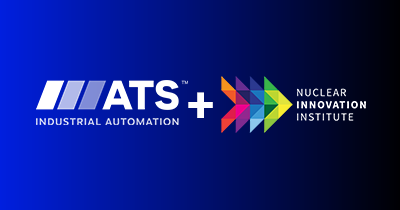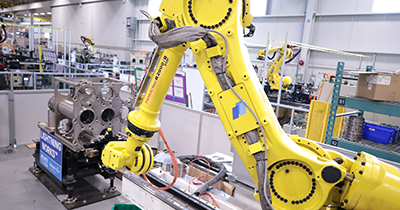Shop floor manufacturing environments are changing quickly. Operations and maintenance employees have to learn more, faster than ever before. To keep up, manufacturing companies need to implement training solutions that allow employees to work independently, are extremely efficient, and that employees can easily adopt.
History of Virtual Reality
The use of Virtual Reality (VR) dates back to the 1960s, and more than 1.6 million scientific publications have already confirmed the benefits of virtual reality training. This means that the decision to use VR training no longer has to rely on intuition; the value of VR training compared to conventional training has been scientifically substantiated.
Over the past decade, VR technology has significantly evolved, creating optimal conditions for VR training in practice. The hardware has become lighter, more powerful, and cost-effective, and the systems are designed to be user-friendly.
Data Backed Results for VR Training
The effectiveness of virtual reality in training has been extensively researched, and has found that VR learners are up to 275% more confident to act on what they learn and also train 4x faster than those taught in traditional classrooms.
Numerous scientific studies have been conducted to analyze the impact of VR on training and learning experiences, including a 2020 research study titled “The Effects of Virtual Reality, Augmented Reality, and Mixed Reality as Training Enhancement Methods.” In this study researchers compared the effectiveness of Extended Realities (XR), including Virtual Reality (VR), Augmented Reality (AR), and Mixed Reality (MR), with traditional training methods. The results of this study indicated that XR-based training is at least as effective as traditional methods and is considered particularly valuable in high-risk or high-cost scenarios where traditional training is not feasible.
In a recent study, researchers compared the effectiveness of VR training programs with other training methods using controlled trials. The study, titled “A Meta-Analysis of Virtual Reality Training Programs,” found that VR training generally produces better outcomes. However, its effectiveness can vary based on factors such as the type of input hardware used, the display, and whether the training program includes game-like elements. Overall, the study suggests that the effectiveness of VR training depends on the quality of the VR training solution being used.
In a 2020 study titled “Effectiveness of Immersive Virtual Reality Using Head-Mounted Displays on Learning Performance: A Meta-Analysis,” researchers investigated the impact of immersive VR technologies from 2013 to 2019 through 35 randomized controlled trials. The results of these trials indicated that VR was more effective than non-immersive learning approaches, especially in the development of specific abilities. VR training surpassed lectures and real-world practice during the trials, improving knowledge and skill development. The success of VR training was attributed to its ability to demonstrate complex concepts using a “show, don’t tell” method and its capability to replicate and enhance the real world by creating simulations and virtual representations of concepts and scenarios. This allowed participants to experience the situations for themselves, which in turn helped keep them engaged.
In a 2021 study titled ‘A Meta-Analysis of the Effect of Virtual Reality Technology Use in Education,’ researchers found that the use of VR significantly improves educational outcomes. The study showed that VR has a strong and positive influence on educational outcomes, including reducing anxiety and gender differences.
A 2016 study titled “Virtual Reality Training in Laparoscopic Surgery: A Systematic Review & Meta-Analysis,” researchers conducted 31 randomized controlled trials to compare VR training with video training. The results showed that VR simulation training was superior to video training and considered at least as effective as traditional practical training. The researchers concluded that performance-based VR simulator training was the most effective training method when paired with supervision, instructions, training feedback, and haptic feedback and should be integrated into surgical training. A similar study titled “Effectiveness of Virtual Reality Training in Orthopedic Surgery,” which included trials involving 303 participants, found a significant improvement in technical skills after participants completed VR training —validating VR training ability to accurately measure and enhance technical skills.
The studies show a clear consensus that VR training helps our brains retain information better, learn faster, and results in better training outcomes. This is further backed by a study by the University of Maryland titled “People Recall Information Better Through Virtual Reality” that found that people who use VR have an average 8.8% increase in memory recall when compared to desktop learning.
Practical Applications of VR Training
Virtual reality training is no longer limited to large corporations, as many tools facilitate its integration into medium-sized companies. Thanks to smarter software, the integration of VR into training programs has become easier, and the development of VR training content has become more accessible and cost-effective. The integration of CAD data is straightforward, and 3D data is readily available on major platforms.
“There has never been a more opportune time than now to bring training into virtual reality.”
Benjamin Staiger
Senior Product Manager, Digital Training, ATS Industrial Automation
Employee Acceptance and Change Management with VR
Employees also show a high acceptance of virtual reality training, especially in the context of change management. However, successful implementation requires a clear concept and an understanding of internal processes. Clear goals and the measurability of successes are crucial for selecting the right technology, whether hardware or software.
Both scientific insights and practical experience make it abundantly clear now is the time for companies to introduce virtual reality training. The technology is affordable and stable, and employees show unparalleled acceptance. An optimal starting point is a pilot project with clear goals, and UReality is one of the easiest VR training platforms to implement.
Every training program is unique. Allow us to listen to your challenges and share how VR can optimize your training.

Benjamin Staiger
Senior Product Manager, Digital Training
ATS Industrial Automation
Benjamin has helped companies across numerous industries optimize and streamline their training processes with virtual reality for over ten years. The creator of UReality, Benjamin, works with customers to develop digital training methods and strategies designed to optimize their training effectiveness and retention.





